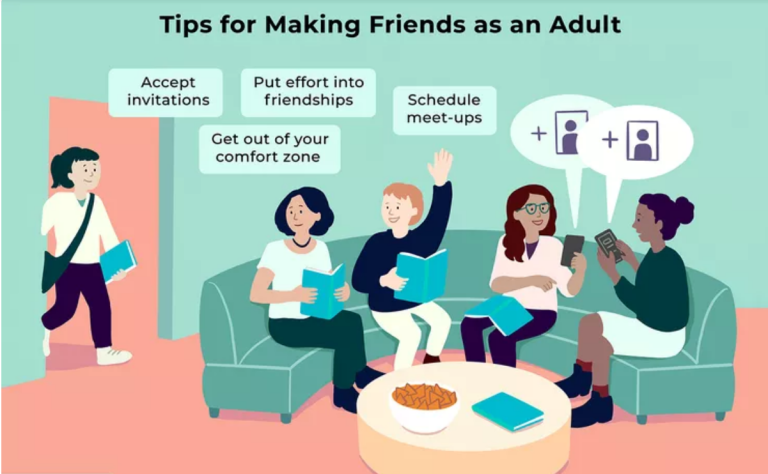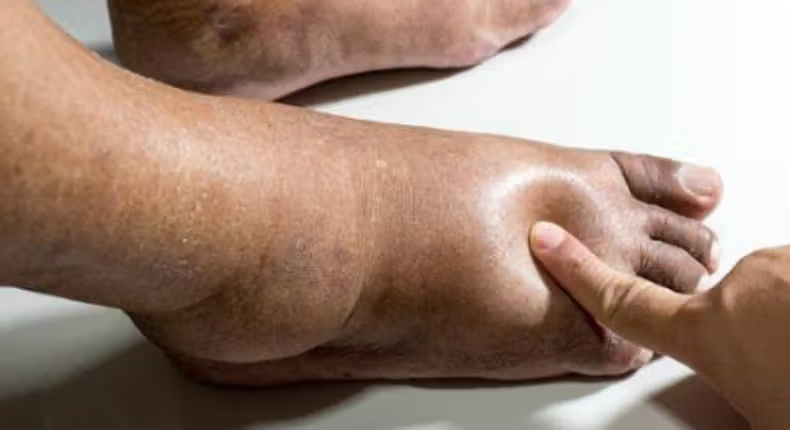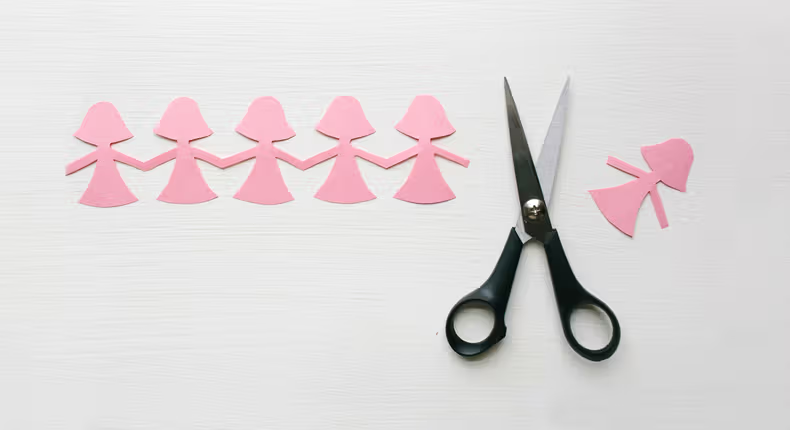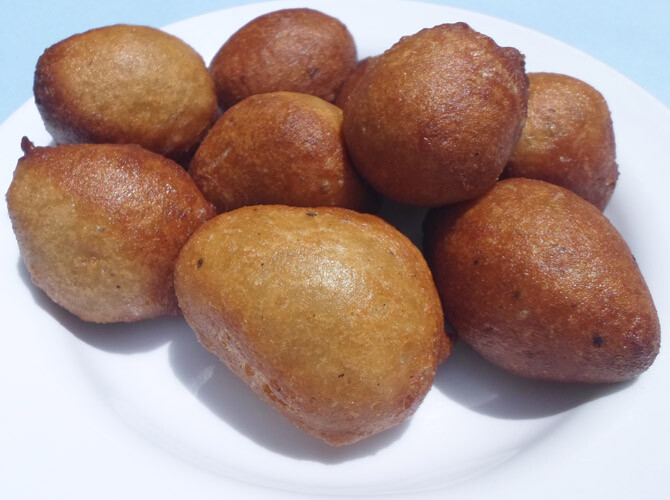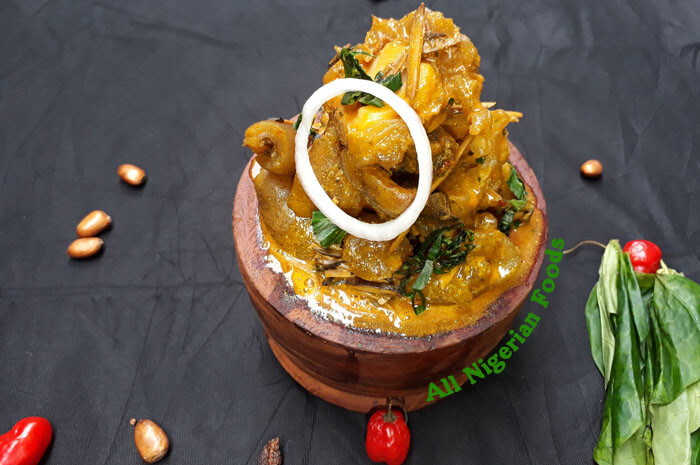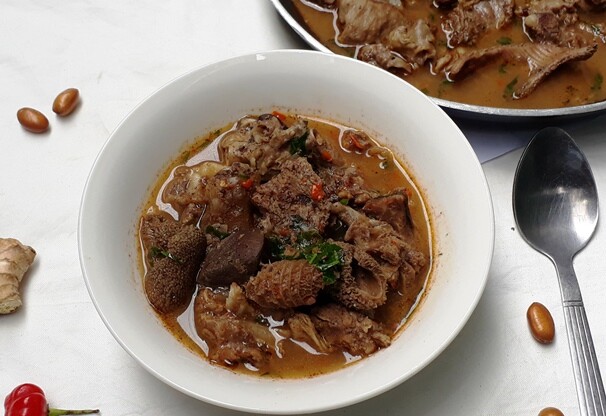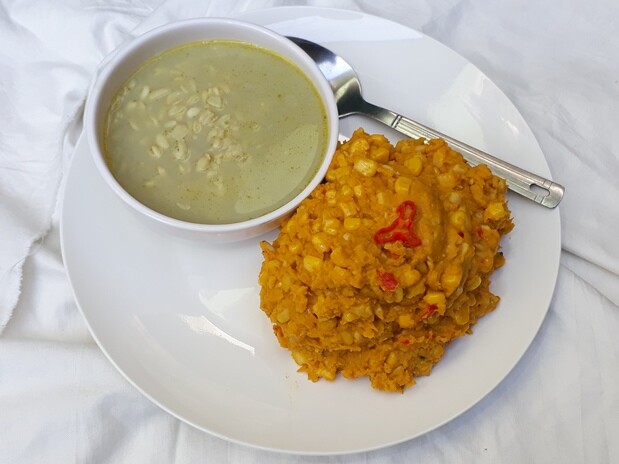5 Things About Love I Tell Every Couple
It’s easy to fall in love. However, co-creating a successful relationship that stands the test of time is a different story.
Making love stay can be a mystery to most of us.
As a professional matchmaker and relationship coach, I’ve worked with many couples working on their relationships. They’ve committed to the long haul and are interested in learning the skills for better connection, communication, and recognition.
I’ve learned there are infinite ways we can support and care for our partner. Over the years, a few relationship tips have become my favorites–to not only share with couples but also cultivate in my personal life.
Here are the five things about love I tell every couple looking to build a healthy, strong, and loving bond.
Space Is Essential in a Relationship
Consider the cardinal rule that how you do one thing is how you do everything. Your relationship with yourself is the most important because how you treat yourself is how you will treat everyone else, including your partner.
When you become too intertwined with your partner, it becomes challenging to view them outside the confines of the relationship. If you’ve noticed that their endearing quirks now seem annoying, it may be a sign that you need some space. Excessive time together can lead to taking each other for granted and overlooking the essence of your partner as an individual.
Rekindling the passion in your relationship involves a reminder that your partner is not an inherent possession but a daily commitment that you both choose to embrace, day in and day out. While loving each other’s company is great, there’s an undeniable beauty in approaching the relationship with intentional moderation.
Make your partner your confidant, best friend, and ally, but don’t forget to carve out time for your personal passions, friendships, and unique interests outside the relationship too. Paradoxically, giving each other space will bring you closer together and make the shared things in your combined relationship feel more sacred and precious.
Allowing space to exist between you and your partner serves several key purposes: emotional regulation, preservation of individuality, expression of shared trust, and the careful safeguarding of your relationship from becoming overwhelmed by constant presence.
During time apart, carve out space where you can feel like the protagonist of your own life again. You are more than the roles you play in society, whether that’s a partner, friend, family member, or co-worker. Treat yourself as kindly as you want to be treated by your loved ones.
When you’re alone, turn on your favorite playlist as you make a delicious comfort meal at home, or take out your rollerblades and skate outside before nightfall. Enjoy the activities and interests that make you happy.
I believe romantic love is beautiful, but so is community, familial, self-love, and platonic love. These connections can feel just as fulfilling and heart-bursting as what you have with your partner. By granting yourself the space you need, you are better equipped to embrace the multifaceted connections that enrich your life.
As you lean into solitude and expand past seeing your partner as your everything, you’re reminded of all of the magical things you have with yourself and the people who make up your life. Taking space apart becomes a gift of observation so you can see your partner for who they are which helps you appreciate them that much more.
Curiosity Will Make Your Relationship More Exciting
Some of the best parts about love are the 3 AM moments when you get to share your childhood memories, niche interests, and innermost thoughts. This level of vulnerability is giving your partner access to the fullness of your being. Such openness allows you both to experience each other in the rawest, most authentic form.
You may think that you’ve seen every nook and cranny of your partner; understanding the beliefs that shape their actions, the communities they gravitate towards, and the reasons behind their life choices. Yet, there will always be aspects that will remain a mystery. No matter how much you share, growth and evolution are constants, continuously revealing new layers of your personalities and perspectives.
This inherent enigma exists in all relationships, and it’s crucial to remain curious in order to explore these uncharted territories together. Avoid assuming that you have each other entirely figured out. Instead, embrace the unknown and use that feeling to stay interested and open to your partner. Cultivating this sense of unpredictable excitement protects you from taking each other for granted.
I’ve found the best relationships tend to be the most growth-oriented and neuroplastic.1 Neuroplasticity refers to the brain’s ability to restructure itself with new neural pathways in response to different experiences.
Installing this type of thinking in your relationship reminds you that you will change constantly, and you’ll get to date many different people in one person. As you embrace the unexpected, it’ll keep you both on your toes and nurture adaptability.
Healthy couples possess an insatiable curiosity about one another, consistently asking questions and learning more about each other. This inquisitive nature extends to navigating disagreements with understanding rather than defensiveness.
Curiosity helps you introduce an element of unpredictability to the dynamic, making the connection feel fresh and exciting again. Curiosity keeps the relationship vibrant because it can help spark the exploration of new activities, perspectives, and hobbies.
Embrace novelty in your daily conversations, whether it’s reminiscing about the first childhood book they adored or discussing the latest insights from a science podcast you can’t stop listening to.
Curiosity ensures you remain invested in the true space that exists between you and your partner. By nurturing an ever-present sense of wonder, your relationship flourishes and thrives, keeping the spark alive.
Don’t Be Afraid of Conflict, Learn From Your Fights
In any relationship, disagreements are inevitable. Despite your best intentions and shared values, it’s necessary to remember that both of you are distinct individuals with unique upbringings and perspectives. In the heat of the moment, it’s easy to feel misunderstood, critical, and upset with each other.
During times of anger, it’s important to recognize the physiological response triggered by the nervous system.2 The fight-flight-freeze-fawn response comes into play, leading to behaviors like yelling, withdrawal, shutting down, or attempting to please others to cope with stress.
You may also fall into one of the Four Horsemen of the Apocalypse via defensiveness, stonewalling, criticism, or contempt. Identifying your conflict style beforehand is beneficial, as it allows you to slow down and approach conflicts more mindfully.
A good relationship lies in your ability to negotiate differences and manage conflicts compassionately. Addressing concerns openly is imperative, as unspoken worries can foster a sense of inauthenticity and create a rift in your connection. The less you share, the more emotional distance increases until you may start internalizing your feelings and resorting to unhealthy protest behaviors.
Plus, their reaction to your request for unmet needs or frustration will tell you a lot about the kind of person they are. So, share your needs, boundaries, and unsaid expectations without any fear.
At the end of a blow-out fight, shrugging it off with an apology isn’t enough. Not if you want to be in a long-lasting commitment with them. Learning how to respond, not react, is a skill. That’s why making an attempt at repair3 and proving you want to improve the way you communicate is a big deal.
This looks like processing the argument, expressing your emotions, validating their sides, taking accountability, and promising to understand more next time. You won’t do it perfectly, but you’ll always try to do better which is what matters.
By engaging in the process of repair, you redirect your focus towards loving and respecting each other, transcending the need to win arguments. If your conflicts revolve around surface-level topics, repair helps you dig with precision to uncover the true root of the issues.
Know What True Compatibility Means
In my work, it’s not uncommon to encounter couples who, despite having a strong external connection, struggle to feel truly close to each other. This internal disconnect often stems from a fundamental absence of compatibility – a lack of emotional connection that is essential for a relationship to endure.
To delve into the concept of compatibility, let’s start by examining the word’s etymology. “Compatibility” finds its roots in the Latin word compati which translates to “to suffer with.”
Here, I take the word suffer to mean the capacity to love someone through their darkest moments, and still being able to see them honestly and clearly. They are not a shiny object for your projections of love, but instead a real person with their own shortcomings.
I take the word suffer to mean the capacity to love someone through their darkest moments, and still being able to see them honestly and clearly. They are not a shiny object for your projections of love, but instead a real person with their own shortcomings.
True compatibility extends far beyond sharing similar goals, shared values, and having families that get along. You can have those similarities with most people. Compatibility is a conscious, wide-eyed choice to work together and stand by each other through thick and thin.
This kind of compatibility exists in those moments when they can’t offer you anything because they’re at their lowest. Yet their love is everything so you take it all – their problems, insecurities, growing pains, and the inevitable ups and downs of a relationship because you want them that badly.
Deciding to walk into love, not just fall in love with your partner, is a powerful commitment to aspire towards. Such a connection is rare to find, and when discovered, it becomes the foundation for the most genuine relationships.
Being compatible with your partner means making a choice to be their pillar of support and knowing the weight behind that choice. This level of unconditional love involves demonstrating compassion, resilience, and adoration that can echo throughout the various phases and evolutions of the relationship. You choose to support each other through sickness and health and for better and worse.
True compatibility is a profound feeling of safety that you can make a life off of.
Take the Love Quiz
Our fast and free love quiz can help you determine if what you’ve got is the real deal or simply a temporary fling or infatuation.

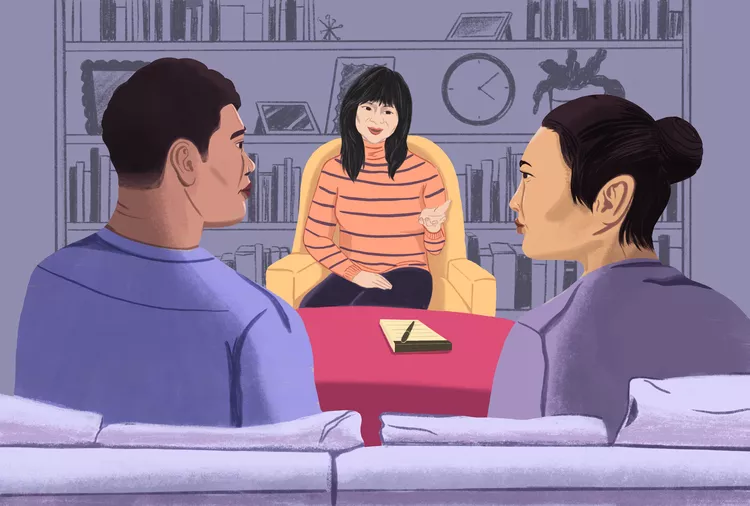

:max_bytes(150000):strip_icc():format(webp)/VWM-datingstandards-final-b21b9b4e1a5942cd8fca1f448ea566f3.jpg)

:max_bytes(150000):strip_icc():format(webp)/thegoodBrigade-2c27a975ef174785bc3fb7154a960f30.jpg)










